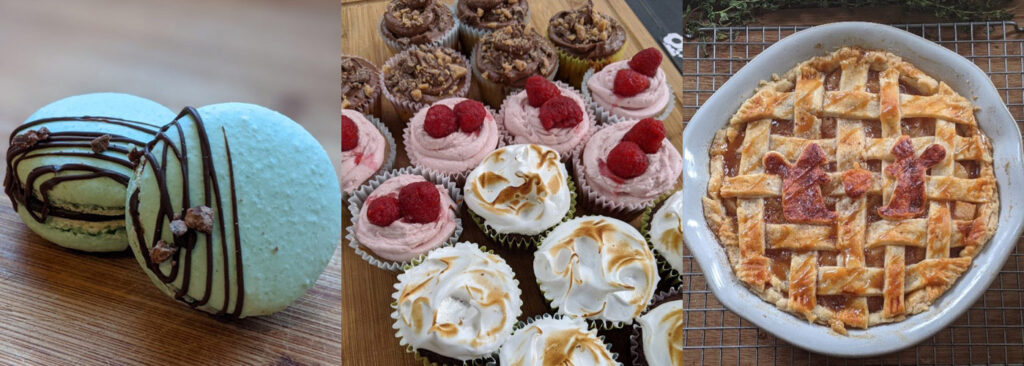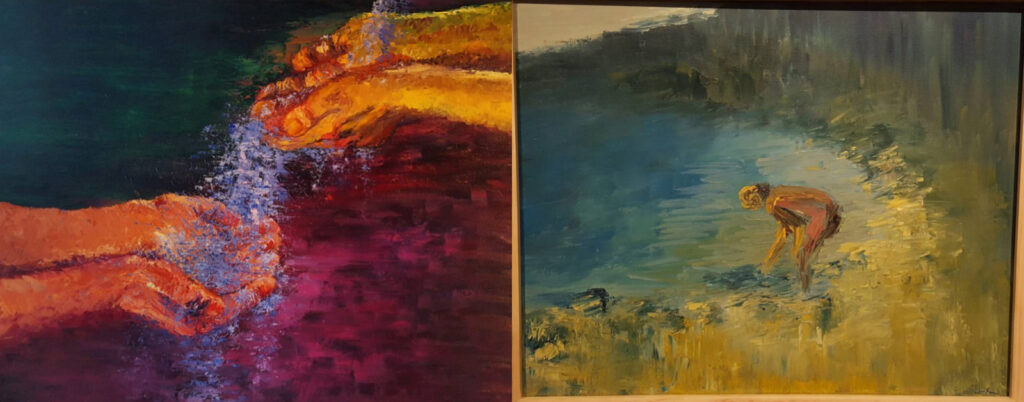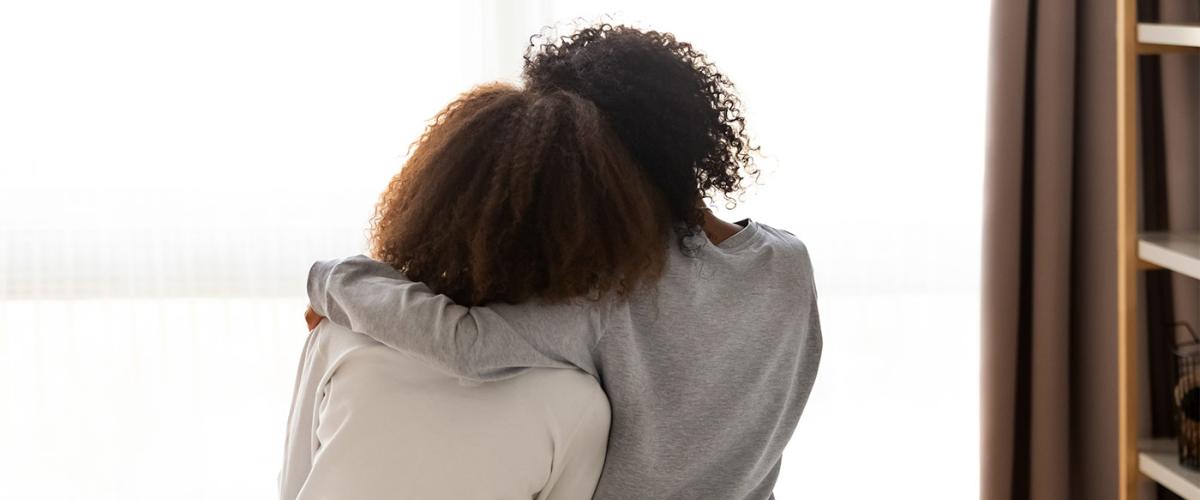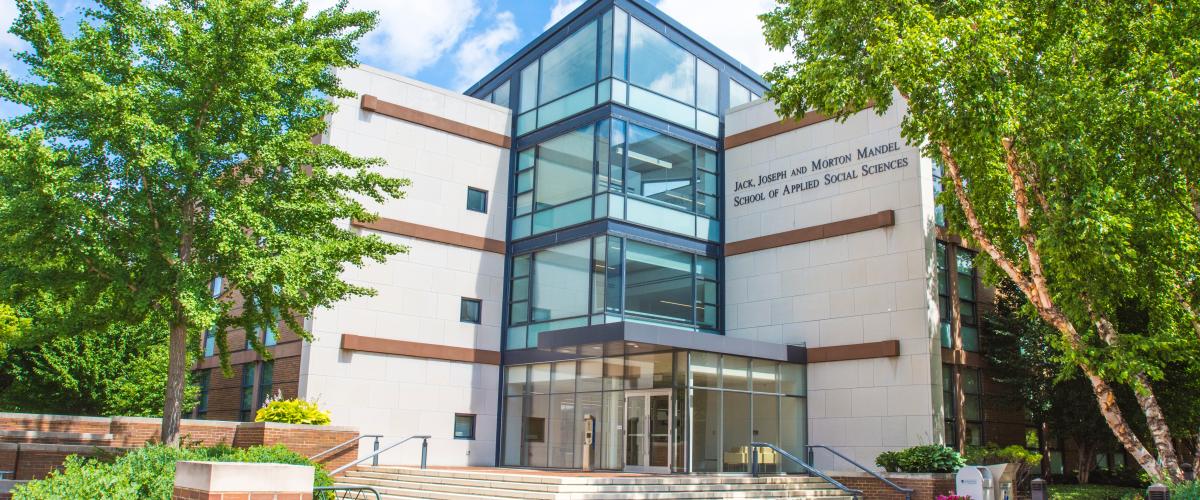From the stages and classrooms of the newly expanded Maltz Performing Arts Center to collaborations with nearby cultural organizations, Case Western Reserve University is home to incredible opportunities in dance, art, theater and music. Students, faculty and staff at the College of Arts and Sciences and beyond routinely showcase their talents through exhibitions, productions, concerts and more. In honor of Inspire Your Heart with Art Day (Jan. 31), The Daily is putting a spotlight on individuals across campus who have a passion for creating—whether that be through painting, theater or even baking. We were so blown away by the volume of submissions—and the talent in our community—we’ve decided to dedicate a whole week to showcasing some of the many artists at CWRU.
Today, we’re sharing the work research associate Joanna Klingenstein, a baker and painter. A research association at the Begun Center for Violence Prevention Research and Education, Joanna Klingenstein has worked at the university for more than four years, contributing to research on gender-based violence and violent crime. Klingenstein’s art forms include painting and baking. Additionally, she graduated with a Master of Arts in Religious Studies in May 2021; her artwork became an integral part of her thesis.
1. Describe your art.
My portfolio is composed primarily of oil paintings. I typically use an impasto technique (meaning thick paint), applying paint to canvas with a palette knife. My style is impressionistic and sometimes abstract. I like to convey emotion through color choice, figurative posture and paint strokes. My goal in any painting, or collection, is to capture the essence of the subject material, rather than a hyper-realistic representation. When others look at my work, I hope they will ask questions and see a story.
I started baking in 2020 after watching the Great British Baking Show for the first time. First, that show is incredibly relaxing. Second, I found myself saying, I wonder if I can do that? So, I picked a few recipes and started baking. As a happy accident, I found that baking was calming, healing, and a place to channel creativity. Then, I started feeding my baked goods to family and friends and was pleasantly surprised at how much they loved them.
2. What intrigued you about this art form?
I have always harnessed creativity as a form of expression and communication. Painting allows me to do that about a variety of subjects. I was in a painting class once and the teacher asked us to try techniques of several types of painters. Once I tried painting with a palette knife, I fell in love instantly. Oil paint is fluid and takes hours to dry. This means that a painting is essentially malleable until you get it where you want it. I am drawn to this experimental quality.
Baking results in the perfect kind of art—one that you can eat. It’s also a way to learn about ingredients, food production and a little bit of science. It’s something that has a clear start and finish. When I work on a painting, it might take several days or weeks to complete. When I set out to bake, I know that in a couple of hours I will have a finished product to enjoy with loved ones.

Baked goods made by Joanna Klingenstein: chocolate mint macarons (left); chocolate toffee, lemon strawberry and s’mores cupcakes (middle) and apple pie (right)
3. Where do you take inspiration from?
My own life experiences, the stories of other people, photographs, other artists, religion and social justice issues. When I do figurative work, whether a live person or a photograph, I like to learn about the context. What is that person feeling in that scene? How did they get there? Where will they go next? Who do they want to be in that moment? I’ve also painted a few family members’ pets and even in those instances, I think about what the animal means to the people who care for it and what their personality is like. I think this kind of thought journey informs everything from composition to color choice.
4. How have you shared your work?
In a few ways. First, I have a small online presence where I share pictures of my work and keep a shareable portfolio. I’ve had a few pieces in gallery shows, which is a ton of fun. Family, friends and acquaintances often ask for pieces or ask my input on artwork and I really enjoy that sharing of creativity.
As an academic, I am continually finding ways to introduce creativity. For my master’s thesis, my advisor and thesis committee graciously allowed me to do an art installation as part of my written work (shout out to Tim Beal and the religious studies faculty). The paintings in that installation are now published as a part of the thesis.
For my research work, I like to share creativity and my artistic sense when putting together presentations and presenting data (shout out to the Begun Center, Rachel Lovell and the talented Sexual Assault Kit Initiative team). Creativity just makes work more fun for everyone, I think.

Artwork by Joanna Klingenstein: “Be Healed,” Oil on Canvas, 18“x 24” and “Water from Galilee,” Oil on Canvas, 16”x20”
5. What do you love most about creating?
I love the freedom in and potential of creating. An artistic creation can be anything you want it to be, and the whole creative process is a unique journey every time. I am a baker as well, and some of the same basic principles apply to that type of creation. I never know quite what I will end up with in the end because things change and transform as you get to know your tools and yourself as an artist.
Artwork is impactful; people are affected by it whether they realize it or not. The potential for any single piece of creativity is endless, and I love that it has the power to bring people together. Creativity can be very contagious.
This story appeared in The Daily on Jan. 31, 2022.




